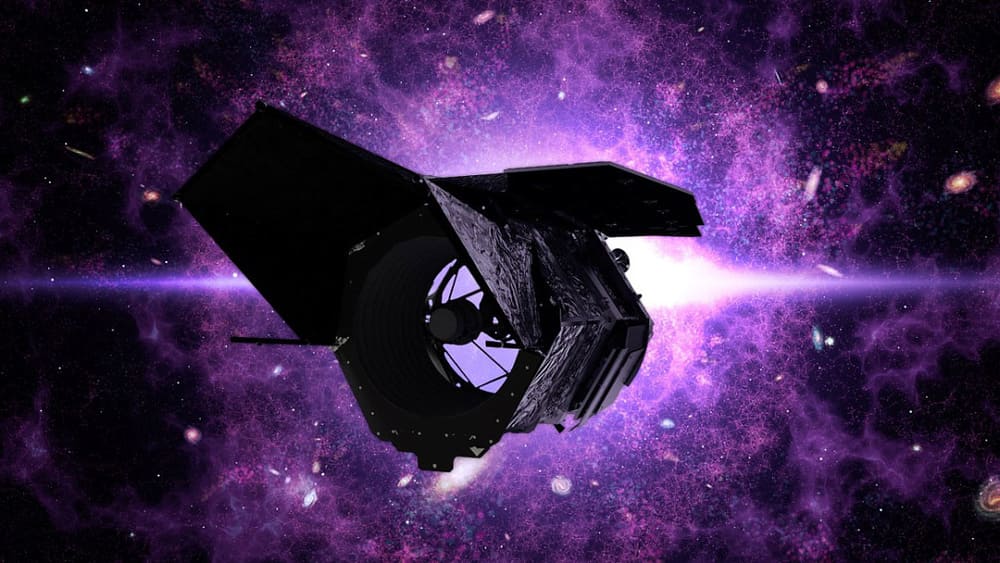The evolution of telescopes has profoundly impacted our understanding of the universe. From the humble beginnings with Galileo’s first telescope to the sophisticated James Webb Space Telescope, these instruments have revolutionized space science. Telescopes have allowed us to explore the cosmos, discover new celestial bodies, and understand the underlying principles of the universe.
Galileo and the dawn of telescopic astronomy
In 1609, Galileo Galilei revolutionized astronomy with his early telescopes. Though primitive by today’s standards, his optical telescope was powerful enough to observe the moons of Jupiter, the phases of Venus, and the rugged surface of the Moon. This marked the beginning of space observation and significantly advanced our knowledge of the solar system.
The birth of modern astronomy with optical telescopes
Following Galileo, optical telescopes continued to evolve. They became essential tools for astronomers, enabling them to study stars, galaxies, and other celestial phenomena. Telescopes like the Hubble Space Telescope, launched in 1990, brought unprecedented clarity to our view of the universe, capturing detailed images of distant galaxies, nebulae, and star clusters.
Space-based observatories: expanding our horizons
The launch of space-based observatories marked a significant leap in astronomical research. Free from the distortion of Earth’s atmosphere, these telescopes provided clearer, more detailed images. The Hubble Space Telescope, for instance, has been instrumental in many discoveries, from confirming the existence of black holes to measuring the expansion rate of the universe.
Technological advancements in telescopes
Advancements in technology have played a crucial role in the development of telescopes. Adaptive optics, which adjusts the telescope’s optics in real-time to compensate for atmospheric disturbances, has enhanced the clarity of ground-based telescopes. Spectroscopy and photometry have allowed astronomers to analyze the composition and properties of celestial bodies.
Radio telescopes and the invisible universe
While optical telescopes observe visible light, radio telescopes explore the universe through radio waves. This has opened up new avenues for discovering cosmic phenomena such as pulsars, quasars, and the cosmic microwave background radiation. Radio telescopes like the Arecibo Observatory and the Very Large Array have significantly expanded our understanding of the universe.
Infrared telescopes: peering through cosmic dust
Infrared telescopes, like the Spitzer Space Telescope, allow astronomers to see through cosmic dust clouds that obscure visible light. This capability is crucial for studying star formation, the centers of galaxies, and the atmospheres of exoplanets. Infrared observations have unveiled the hidden aspects of the universe, providing insights into processes that were previously invisible.
The revolutionary James Webb Space Telescope
Set to launch in 2021, the James Webb Space Telescope (JWST) represents the next generation of space observatories. With a larger mirror and advanced instruments, JWST will observe the universe in infrared, providing unprecedented details about the early universe, the formation of stars and galaxies, and the properties of exoplanets.
The impact of telescopes on space science
Telescopes have been instrumental in many groundbreaking discoveries in space science. From identifying new planets and stars to understanding the fundamental laws of physics that govern the universe, these instruments have continually expanded our knowledge. The data collected by telescopes have led to the development of new theories and models, shaping our understanding of the cosmos.
Future prospects in telescopic exploration
The future of telescopic exploration looks promising with upcoming projects like the Extremely Large Telescope (ELT) and the Square Kilometre Array (SKA). These advanced telescopes will further enhance our capability to observe and understand the universe. As technology continues to advance, the potential for new discoveries and insights grows, promising an exciting future for space science.
From Galileo’s rudimentary spyglass to the sophisticated James Webb Space Telescope, the journey of telescopes has been remarkable. These instruments have transformed our view of the universe, enabling us to explore distant galaxies, understand cosmic phenomena, and search for life beyond Earth. As we look to the future, the continued evolution of telescopes promises to unlock even more secrets of the universe, driving humanity’s quest for knowledge and exploration.


